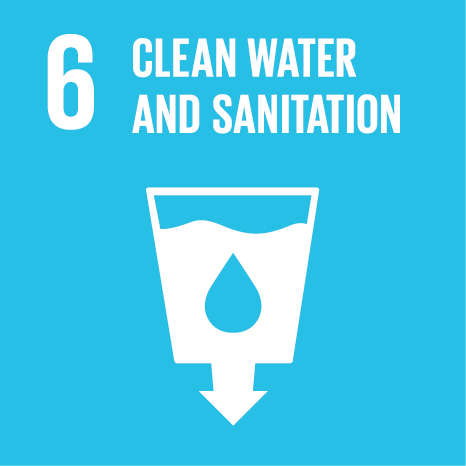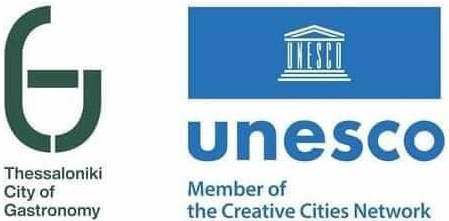 While substantial progress has been made in increasing access to clean drinking water and sanitation, billions of people—mostly in rural areas—still lack these basic services. Worldwide, one in three people do not have access to safe drinking water, two out of five people do not have a basic hand-washing facility with soap and water, and more than 673 million people still practice open defecation.
While substantial progress has been made in increasing access to clean drinking water and sanitation, billions of people—mostly in rural areas—still lack these basic services. Worldwide, one in three people do not have access to safe drinking water, two out of five people do not have a basic hand-washing facility with soap and water, and more than 673 million people still practice open defecation.
The COVID-19 pandemic has demonstrated the critical importance of sanitation, hygiene and adequate access to clean water for preventing and containing diseases. Hand hygiene saves lives. According to the World Health Organization, handwashing is one of the most effective actions you can take to reduce the spread of pathogens and prevent infections, including the COVID-19 virus. Yet billions of people still lack safe water sanitation, and funding is inadequate.
Facts and Figures
- Despite great progress, billions of people still lack access to safe drinking water, sanitation and hygiene. Achieving universal coverage by 2030 will require a substantial increase in current global rates of progress: sixfold for drinking water, fivefold for sanitation and threefold for hygiene.
- Water use efficiency has risen by 9 per cent, but water stress and water scarcity remain a concern in many parts of the world. In 2020, 2.4 billion people lived in water-stressed countries. The challenges are compounded by conflicts and climate change.
- Key strategies to get Goal 6 back on track include increasing sector-wide investment and capacity-building, promoting innovation and evidence- based action, enhancing cross-sectoral coordination and cooperation among all stakeholders, and adopting a more integrated and holistic approach to water management.
- Only 0.5 per cent of water on Earth is useable and available freshwater – Wake up to the looming water crisis, report warns | World Meteorological Organization
- Limiting global warming to 1.5°C compared to 2°C would approximately halve the proportion of the world population expected to suffer water scarcity, although there is considerable variability between regions.Chapter 8: Water Cycle Changes (p. 1063)
- The global urban population facing water scarcity is projected to double from 930 million in 2016 to 1.7–2.4 billion people in 2050. Imminent risk of a global water crisis, warns the UN World Water Development Report 2023 | UNESCO
- Despite progress, 2.2 billion people still lacked safely managed drinking water services, 3.5 billion lacked safely managed sanitation services, and 2.0 billion lacked basic hygiene services in 2022
- Surface water bodies, such as lakes, rivers, and reservoirs, are undergoing rapid global changes, with one in five river basins showing high fluctuations in surface water levels in the past 5 years
- Water pollution poses a significant challenge to human health and the environment in many countries.
Targets
- 6.1 By 2030, achieve universal and equitable access to safe and affordable drinking water for all
- 6.2 By 2030, achieve access to adequate and equitable sanitation and hygiene for all and end open defecation, paying special attention to the needs of women and girls and those in vulnerable situations
- 6.3 By 2030, improve water quality by reducing pollution, eliminating dumping and minimizing release of hazardous chemicals and materials, halving the proportion of untreated wastewater and substantially increasing recycling and safe reuse globally
- 6.4 By 2030, substantially increase water-use efficiency across all sectors and ensure sustainable withdrawals and supply of freshwater to address water scarcity and substantially reduce the number of people suffering from water scarcity
- 6.5 By 2030, implement integrated water resources management at all levels, including through transboundary cooperation as appropriate
- 6.6 By 2020, protect and restore water-related ecosystems, including mountains, forests, wetlands, rivers, aquifers and lakes
- 6.A By 2030, expand international cooperation and capacity-building support to developing countries in water- and sanitation-related activities and programmes, including water harvesting, desalination, water efficiency, wastewater treatment, recycling and reuse technologies
- 6.B Support and strengthen the participation of local communities in improving water and sanitation management
Source: The Sustainable Development Goals Report 2023






